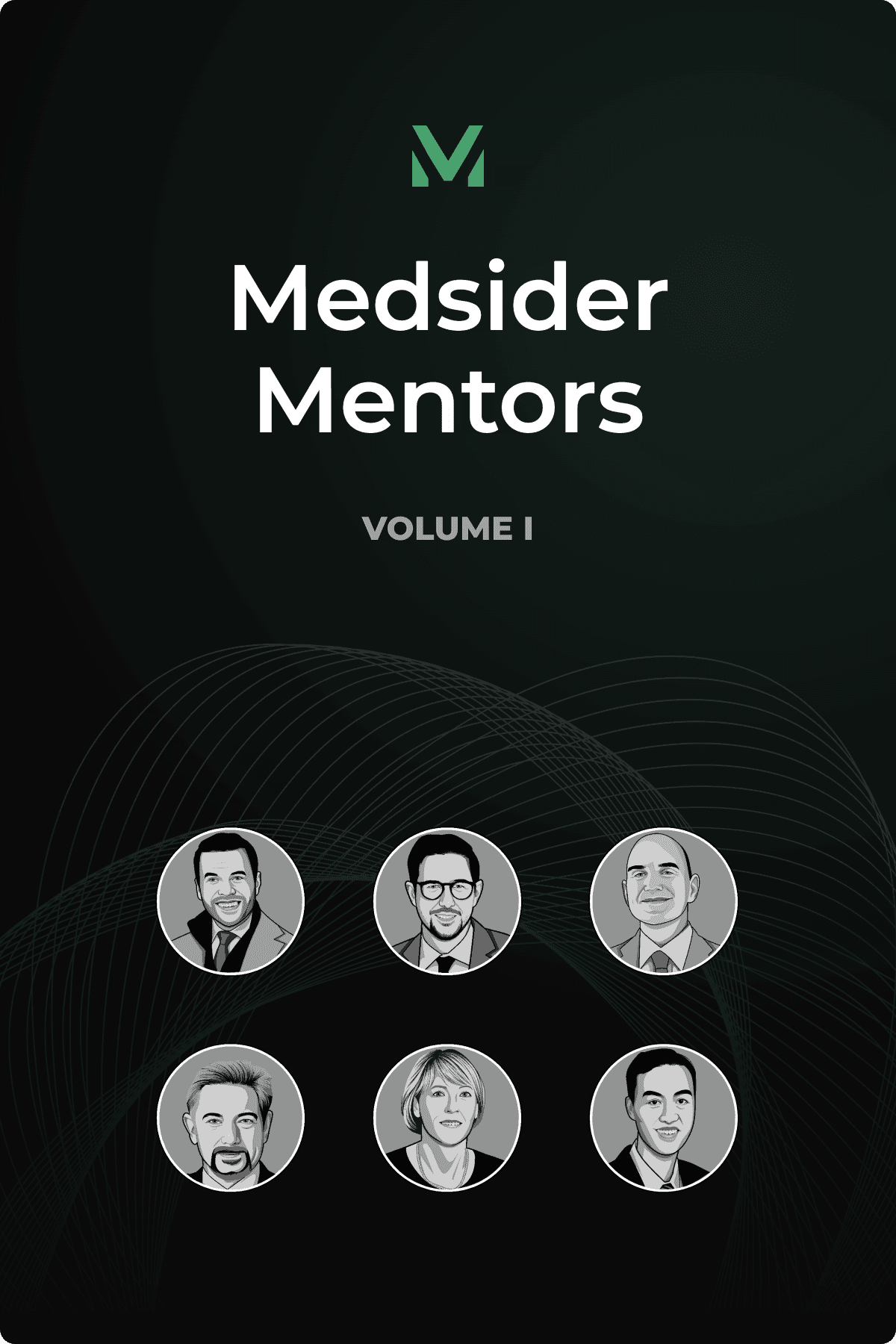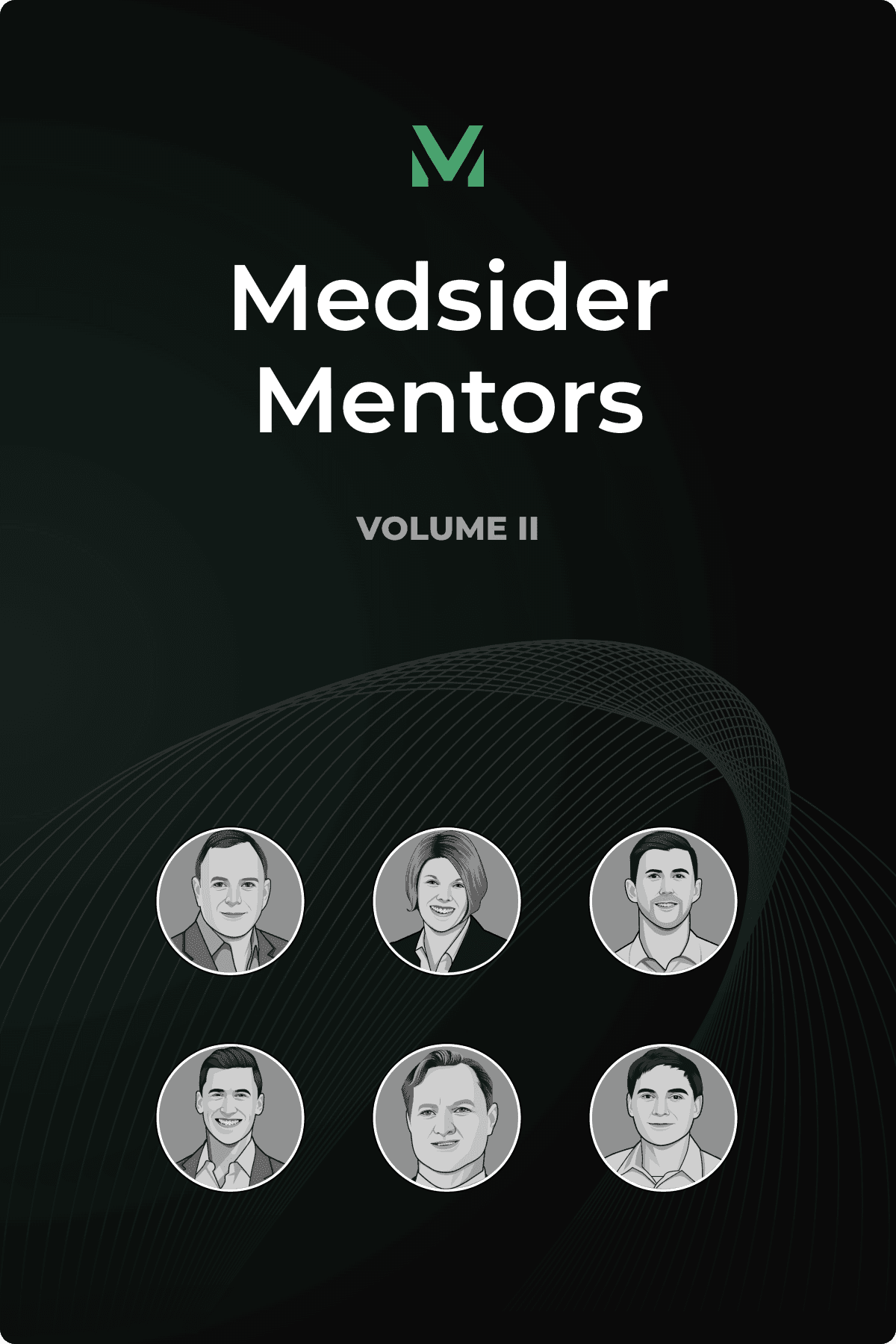Who’s Paying for It?
Interview with Aclarion CEO Brent Ness

Key Learnings From Brent's Experience
If it’s not clear who’s going to pay for it, it can be a dealbreaker, regardless of clinical efficacy—even if the technology is groundbreaking. You need to build a reimbursement strategy from the beginning. To do that, commit to generating solid scientific evidence, surround yourself with KOLs who can amplify your message, and focus your resources on strategic growth, not flashy launches.
Don’t just invent for innovation's sake. Tie your product development to practical, customer-driven needs. To do this, you need a rock-solid foundation of science, a deep understanding of the market, and strong relationships with key opinion leaders (KOLs). Engage end-users early, listen to their challenges, and involve them in development. This is how you position a product as essential.
When resources are limited, focus on what truly matters. Stay disciplined, align every decision with your core goals, and embrace constraints as an opportunity to sharpen your priorities and move with purpose. Challenges can bring clarity and force you to operate smarter, not harder.
Chronic low back pain affects 266 million people worldwide and is the leading cause of opioid addiction. “Aclarion is addressing the largest single expenditure in all of healthcare, the treatment and diagnosis of chronic low back pain,” says Brent Ness, CEO of Aclarion. Traditional treatments like spinal fusion surgery have a success rate of just 49–54%, leaving many patients still in pain. The root problem is that imaging tools like MRIs can’t “see” pain and use more invasive and less efficient ways to locate it. At Aclarion, Brent is spearheading the development of a tool that can.
Brent started his career selling beepers on Chicago's south side, where he learned the grind of straight-commission sales. Then he moved to Pegasus Airwave, this time selling therapy beds for burn victims. He later joined GE Healthcare under Jack Welch, worked on supply chain strategy at Global Healthcare Exchange, and gained turnaround management experience while earning his MBA. As VP at Philips North America, he oversaw a $4 billion operation, then joined Medtronic to lead global sales and marketing for its navigation division. He went on to drive M&A at ProNerve and held leadership roles at HeartFlow, Mighty Oak Medical, and Cleerly, focusing on SaaS and imaging technologies.
Today, leveraging decades of medtech and healthcare experience across Medtronic, GE Healthcare, and Philips, and a few other startups, Brent is leading Aclarion in developing Nociscan, a device he envisions becoming the standard of care in diagnosing and treating chronic low back pain.
Nociscan pairs with standard MRI machines but goes beyond traditional imaging. Instead of just showing a picture, it uses MR Spectroscopy to analyze the chemical and structural content of spinal discs. This helps doctors pinpoint which discs are truly causing the pain. The data is processed through advanced algorithms in the cloud and returned to the physician in a clear, actionable format.
Similar to platforms like HeartFlow or Cleerly, which analyze CT scans for heart conditions, Nociscan uses data-driven insights to support clinical decisions. Its accuracy could replace the invasive procedure of provocative discography, which uses needles and pressure to identify pain-causing discs. Brent highlights the potential of Nociscan: “Patient outcomes went to 97% when the levels treated correlated with Nociscan information and dropped to 54% when there was a discordance in the levels treated.”
You May Like These Articles
Medsider Premium
Become a premium member and unlock access to exclusive Medsider benefits.



